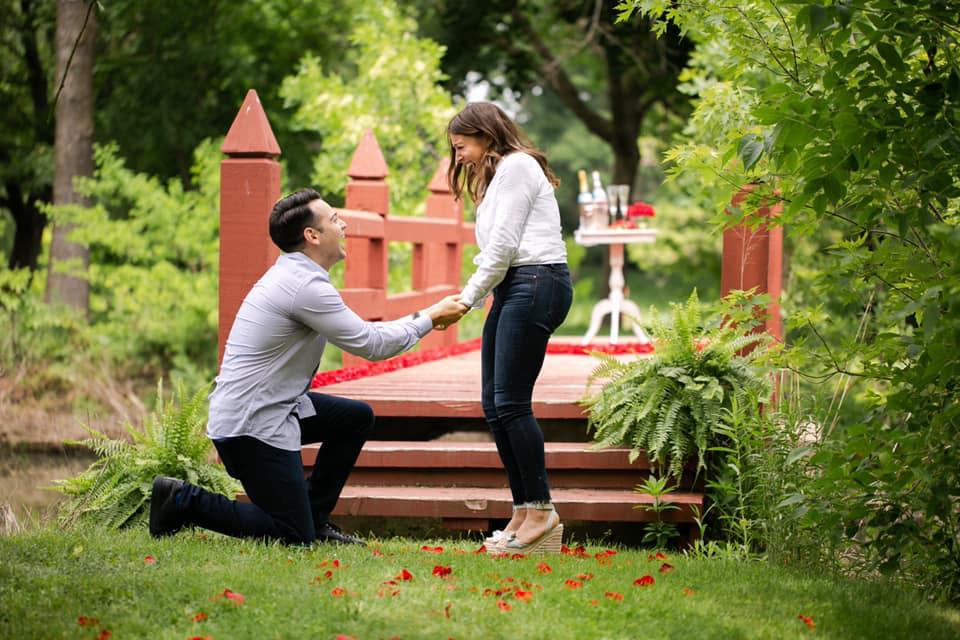Sarah & Zachary

The Jewish Wedding

Question
What does a Jewish Wedding Day symbolize?
Answer
The Wedding Day The dawning wedding day heralds the happiest and holiest day of one's life. This day is considered a personal Yom Kippur for the chatan (Hebrew for groom) and kallah (bride), for on this day all their past mistakes are forgiven as they merge into a new, complete soul.
Question
What is a Badeken?
Answer
Badeken Next comes the badeken, the veiling of the bride by the groom. The veil symbolizes the idea of modesty and conveys the lesson that however attractive physical appearances may be, the soul and character are paramount. It is reminiscent of Rebecca covering her face before marrying Isaac (Genesis ch. 24). The Ashkenazi custom is that the groom, accompanied by family and friends, proceeds to where the bride is seated and places the veil over her face. This signals the groom's commitment to clothe and protect his wife.
Question
What is the Chuppa?
Answer
Chuppah The wedding ceremony takes place under the chuppah (canopy), a symbol of the home that the new couple will build together. It is open on all sides, just as Abraham and Sarah had their tent open all sides to welcome people in unconditional hospitality.